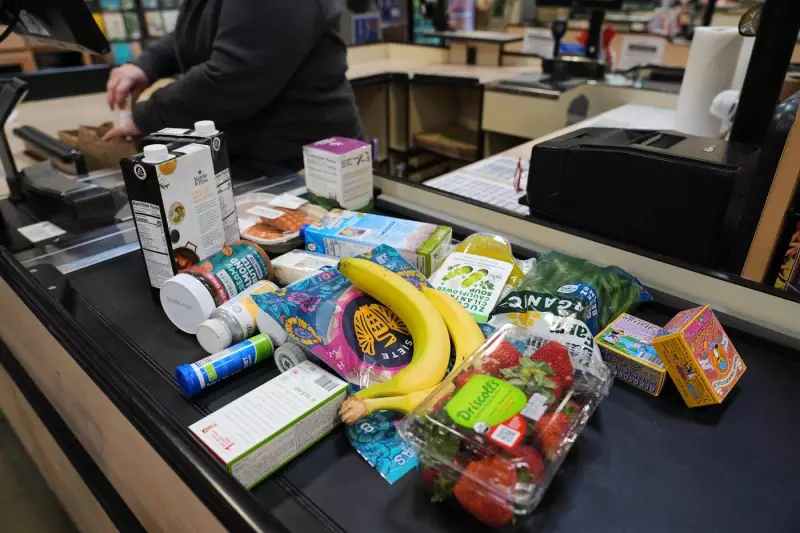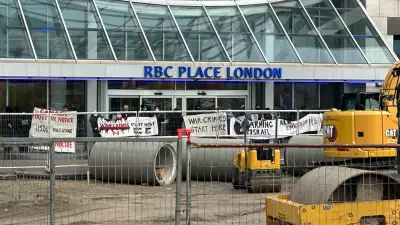
The United States Supreme Court is poised to deliver a crucial decision that could determine whether millions of Americans will see their full Supplemental Nutrition Assistance Program (SNAP) benefits restored. The anticipated ruling comes amid growing concerns about food insecurity across the nation.
The Legal Challenge and Context
Legal experts and advocacy groups are closely watching the Supreme Court as it prepares to announce its decision on the restoration of complete SNAP food payments. The case centers on whether the federal government must resume full benefit amounts that were previously reduced or modified during recent budget negotiations and economic recovery efforts.
The timing of this expected announcement—November 11, 2025—places the court's decision in a particularly sensitive period, as many families prepare for the holiday season while facing ongoing economic pressures. The ruling could immediately affect how low-income households access essential groceries, including fresh produce and other nutritional items covered by the USDA program.
Impact on Canadian Observers and Cross-Border Implications
While the case directly involves American food assistance programs, Canadian policy analysts and social service providers are monitoring the outcome for its potential implications on cross-border social policy discussions. The decision may influence how neighboring countries approach similar nutritional support systems during economic uncertainty.
Photographic evidence from Baltimore grocery stores dated November 10, 2025, shows SNAP beneficiaries purchasing covered items, including fresh produce, highlighting the program's immediate relevance to daily life. The visual documentation underscores the real-world impact that the Supreme Court's decision will have on vulnerable populations.
Broader Social Safety Net Considerations
This Supreme Court case represents more than just a ruling on specific benefit levels—it touches on fundamental questions about the government's role in ensuring food security during challenging economic times. Advocacy groups on both sides of the issue have mobilized, recognizing that the decision could set important precedents for future social safety net programs.
As the nation awaits the court's announcement, food banks and community organizations are preparing for potential shifts in demand depending on the outcome. The ruling could either alleviate pressure on these emergency services or significantly increase their workload if benefits are not fully restored.
Legal analysts suggest that the court's composition and recent rulings on similar social program cases make the outcome particularly unpredictable. Whatever the decision, it will likely generate significant public discussion and potentially legislative responses from Congress.





